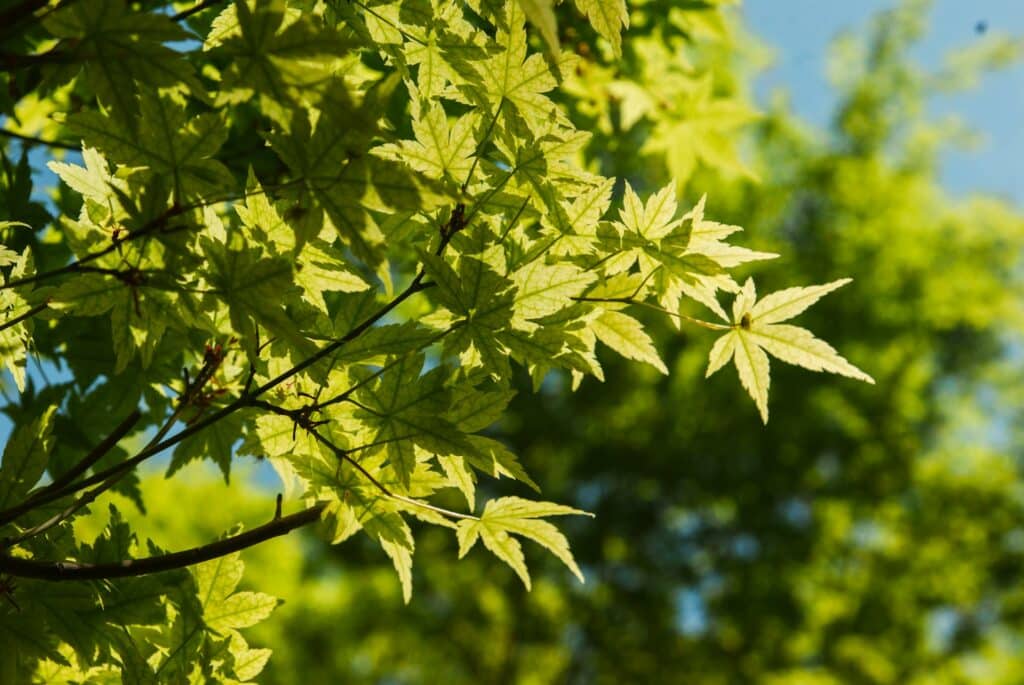Introduction to Fulham Palace
Having served as the residence of the bishops of London for over 1300 years, Fulham Palace now offers locals and visitors a historic estate and grounds to explore. Once known as the Manor of Fulham, the house was eventually renamed to Fulham palace as the resident bishops were known as “the princes of the church”. Over the years since its acquisition, the palace has undergone numerous building works and expansions, reflecting the architectural trends and styles of the time. After the reformation of the church in the 16th century, members of the clergy were allowed to marry, so the estate became a family home, hosting multiple families as well as church pageants and parties.
During the first world war, part of the house was temporarily repurposed to serve as a hospital, and during the second world war, the house was used as a place of refuge for the local population during the blitz.
Fulham Palace Grounds
The grounds and gardens of Fulham Palace cover 13 acres of land and feature a selection of truly stunning plant and tree species. During the 17th century, one Bishop Compton used his vast wealth and love of botany to fill the gardens with exotic plant life. A little later, Bishop Robinson changed the focus of the garden to more practical, edible plants, resulting in a large number of exotic plants being sold. Now, the grounds are reflective of the changes made by Bishop Terrick in the 18th century, who ensured the river view was clear along the promenade, and built the stunning walled garden that remains today.
Directions to Blue Finch Dental from Fulham Palace
If you’re near Fulham Palace and need a dentist near me, we are a Fulham dentist offering a range of services including cosmetic dentistry, teeth whitening and Invisalign.








